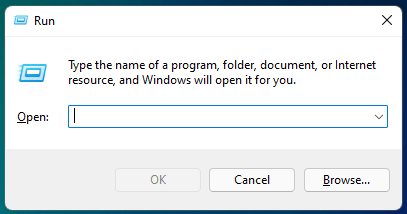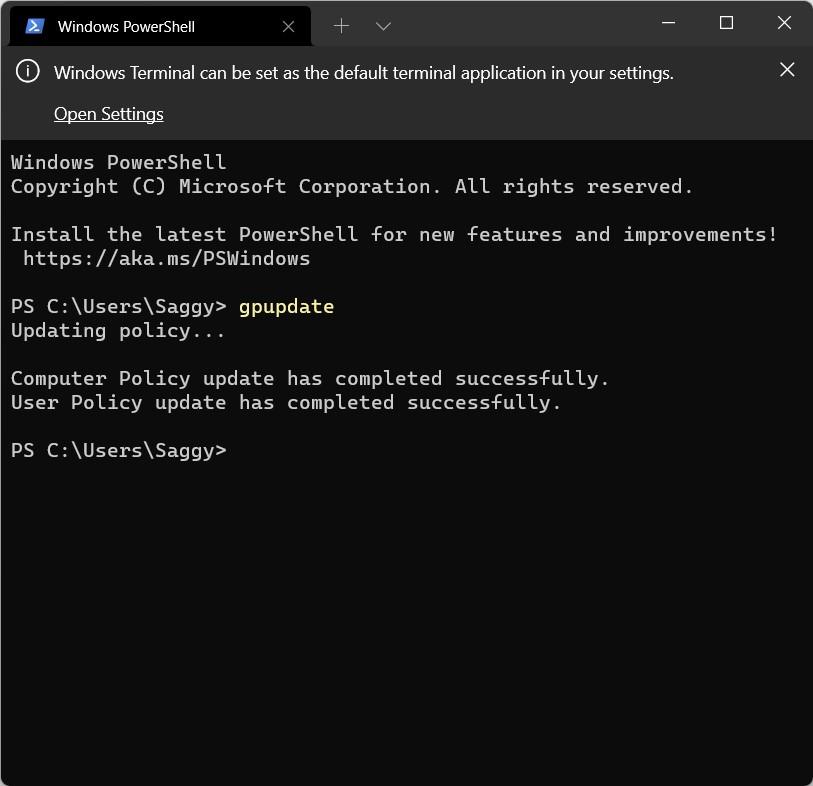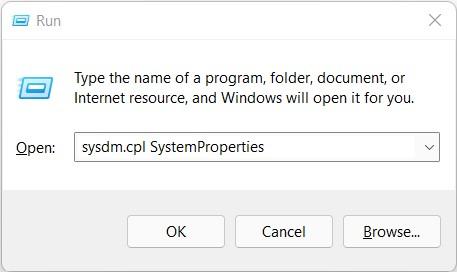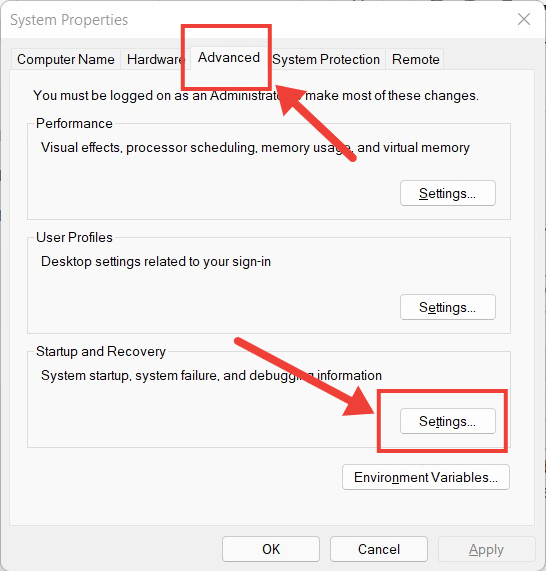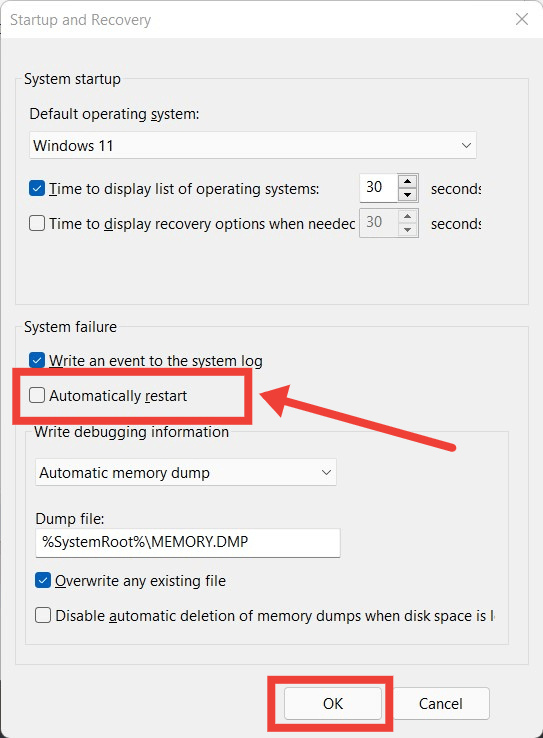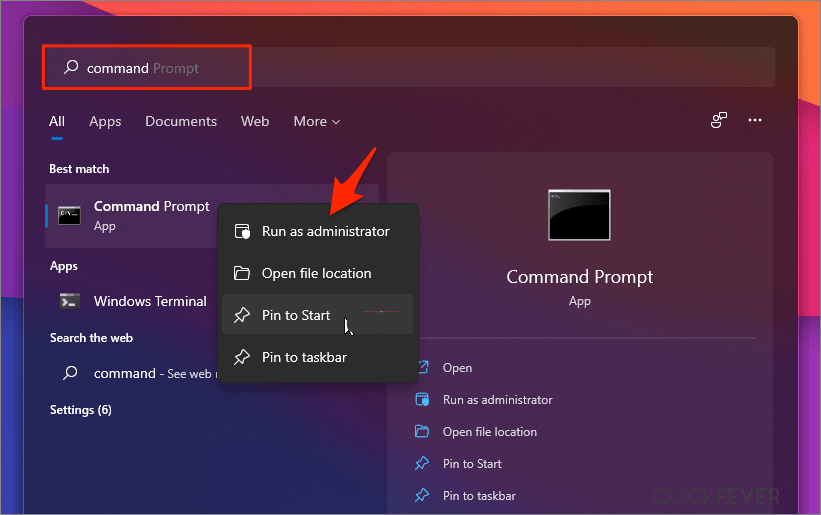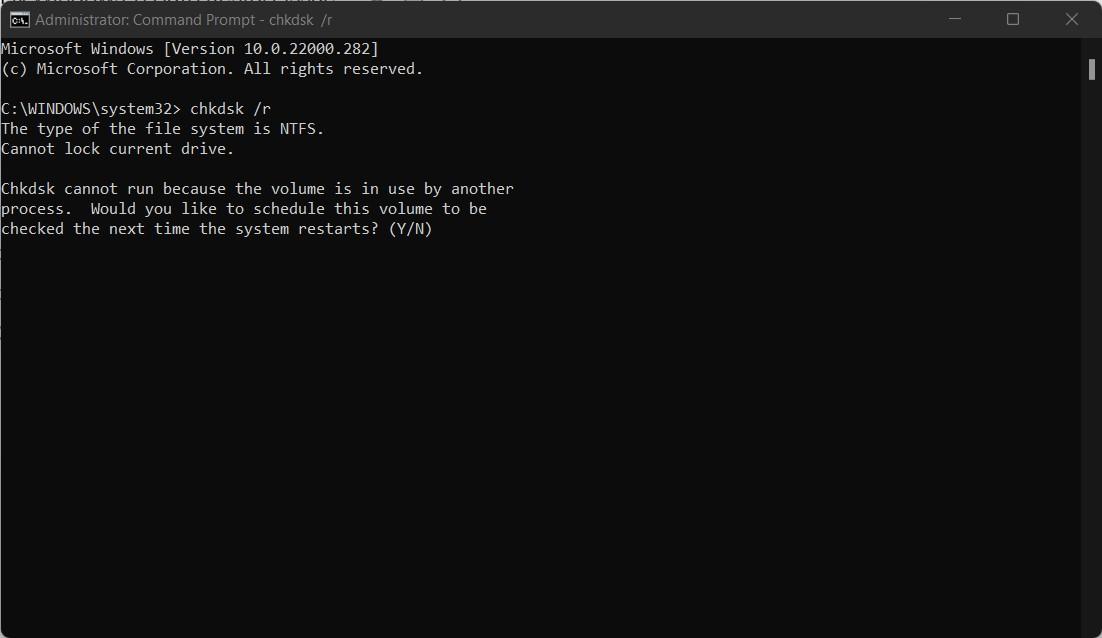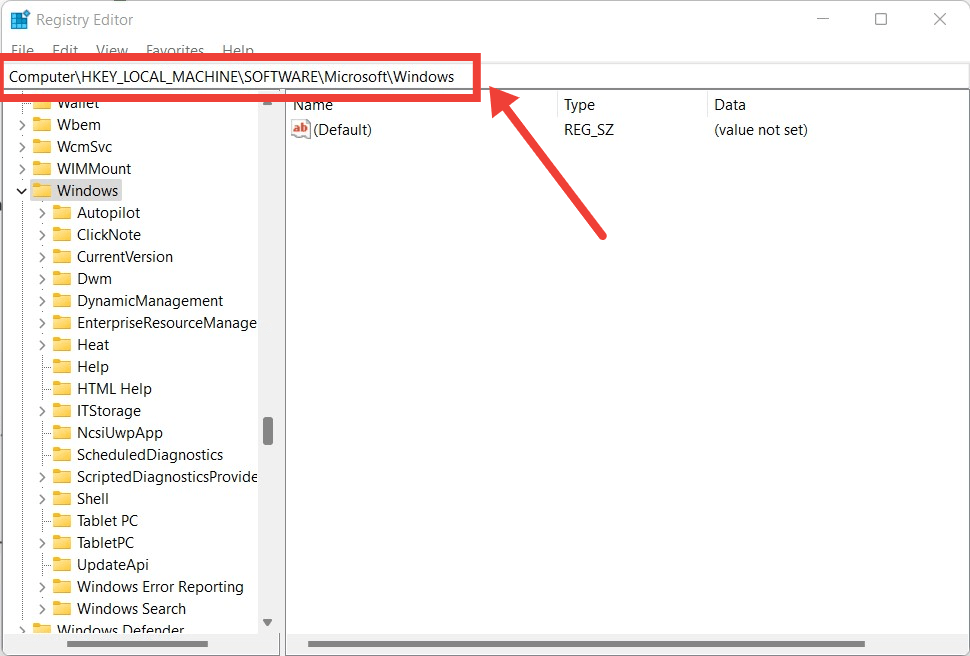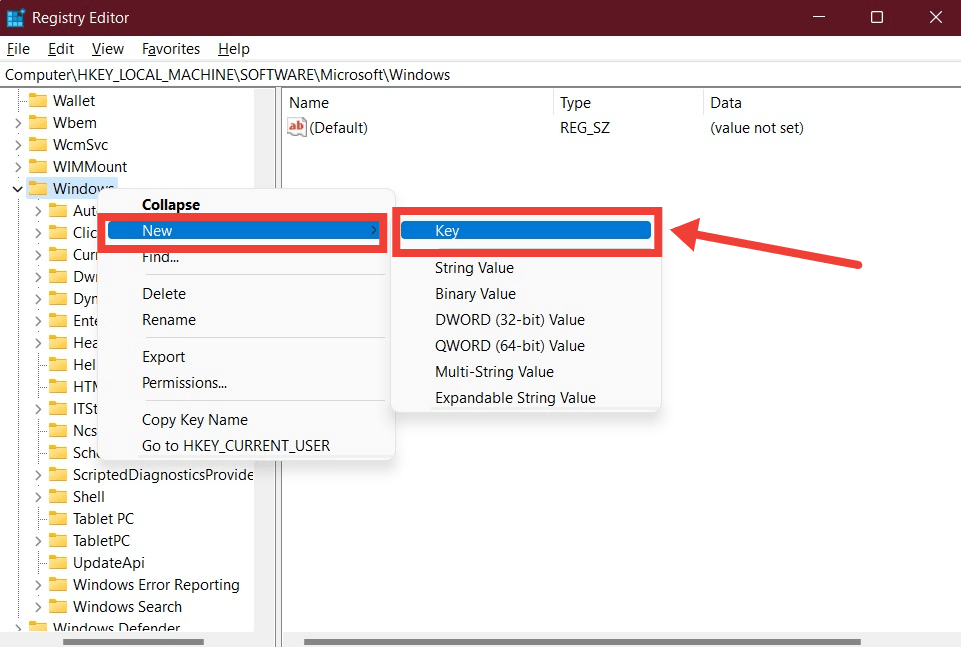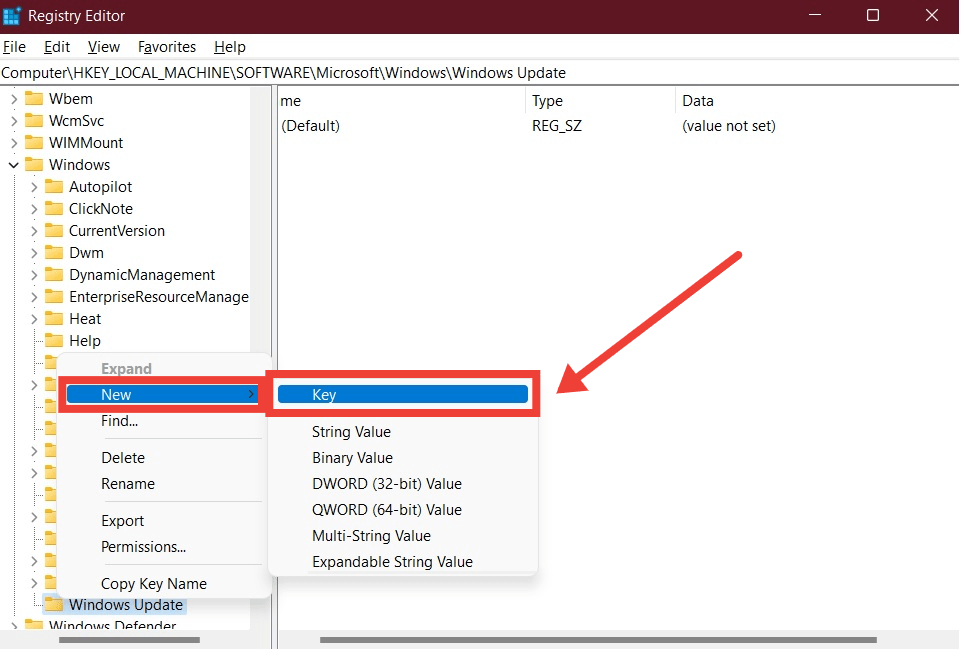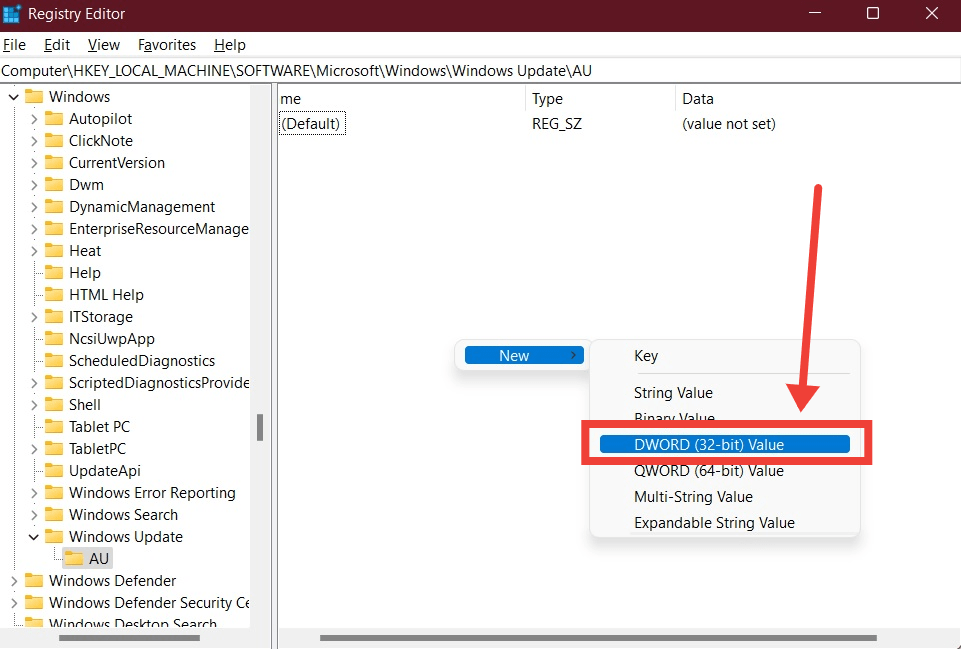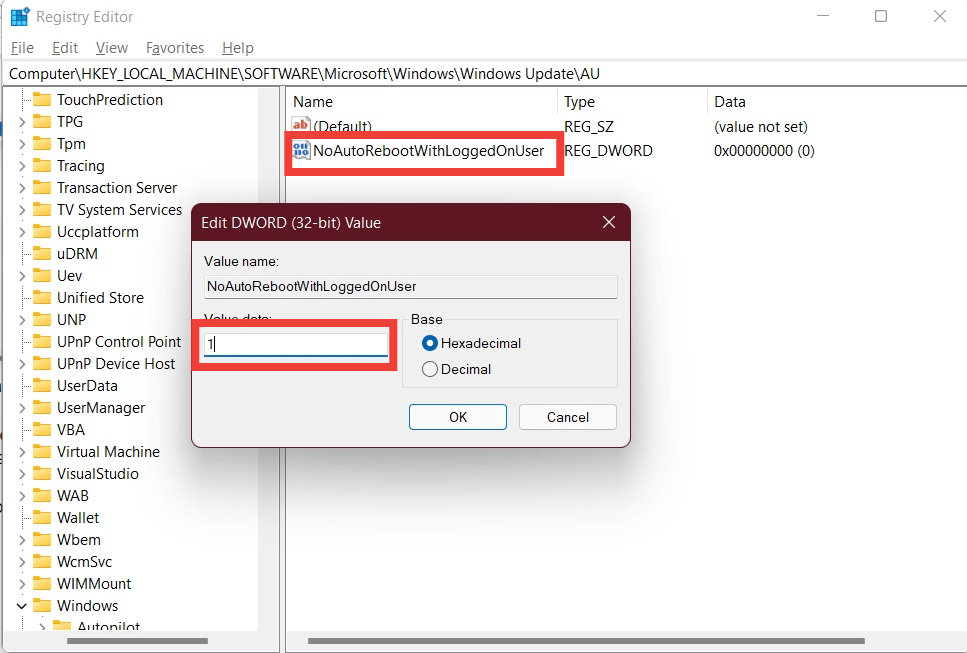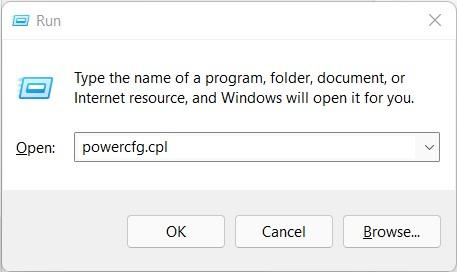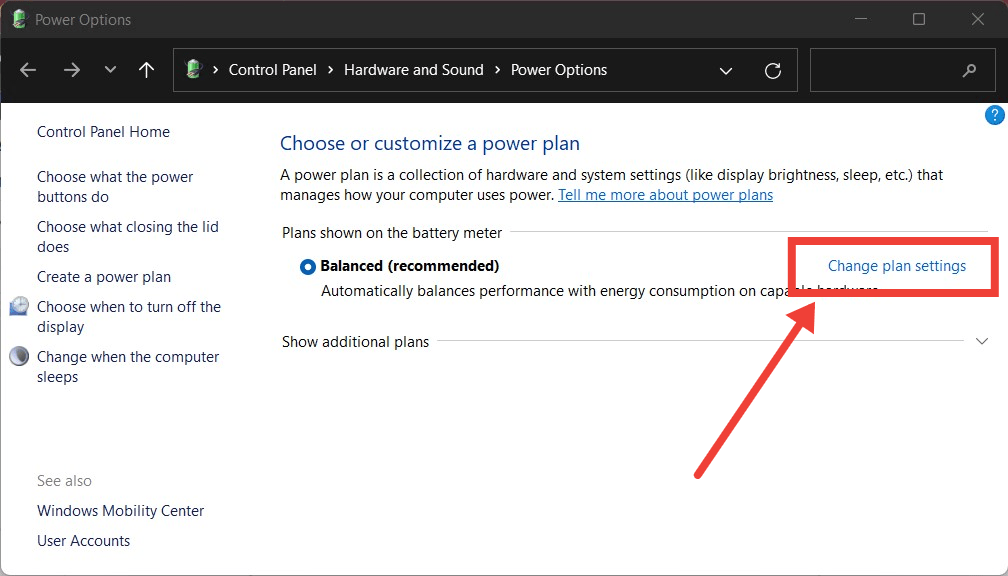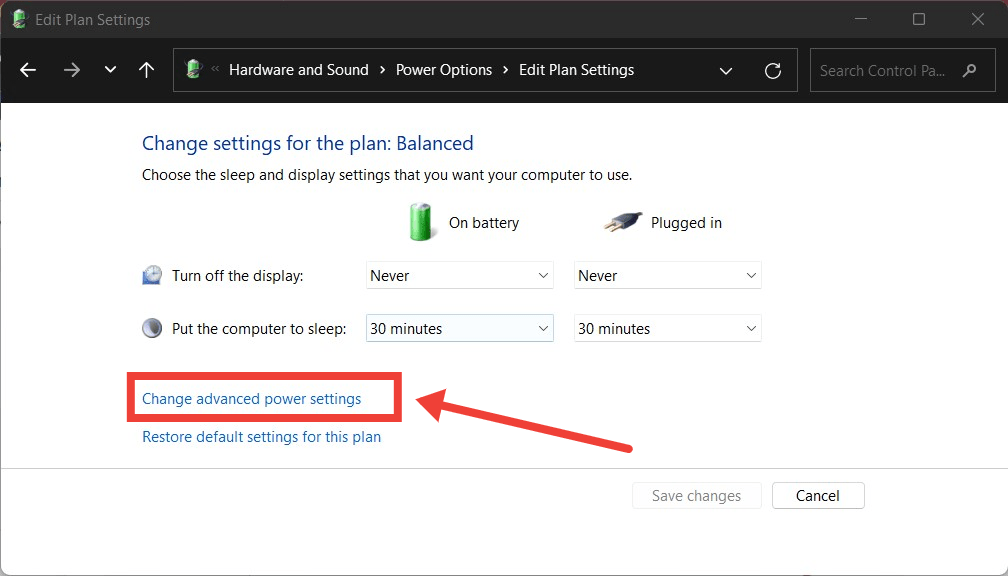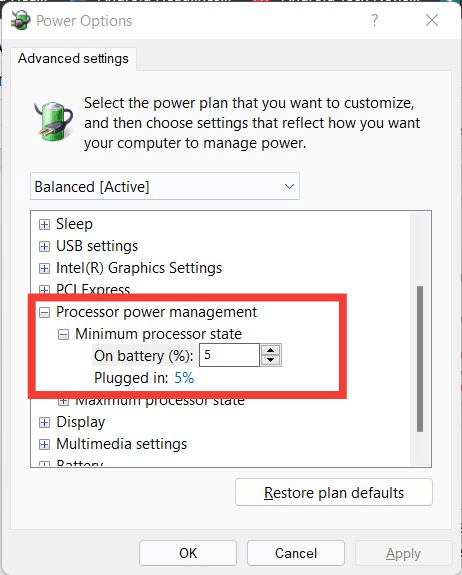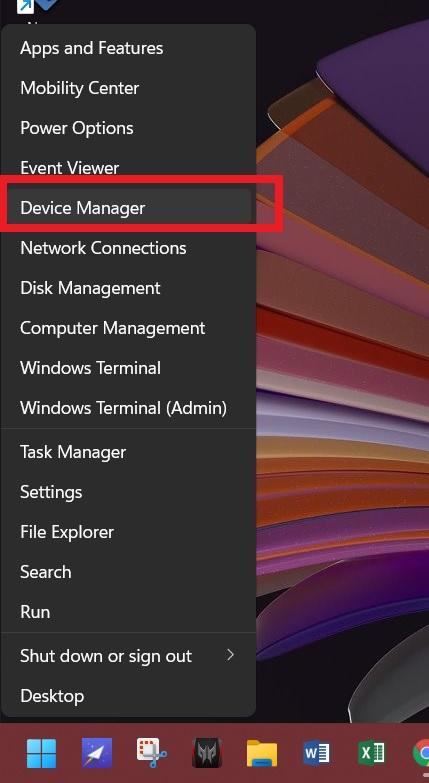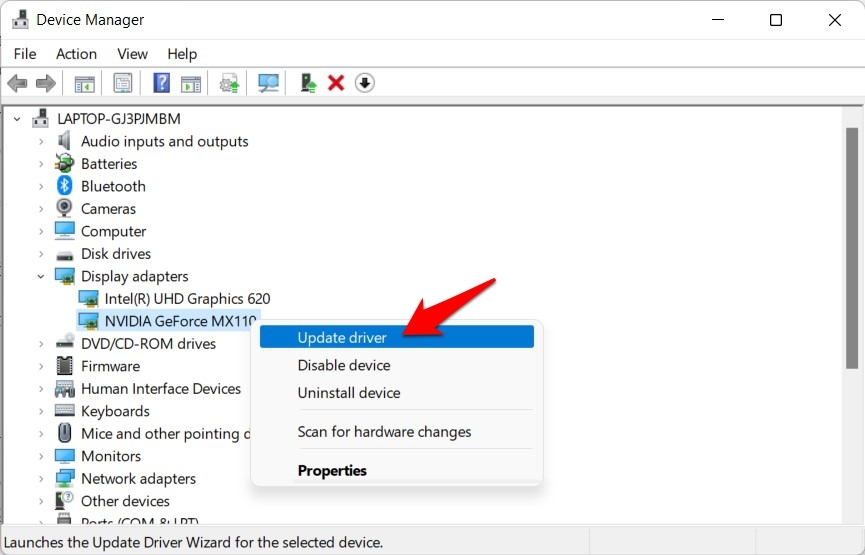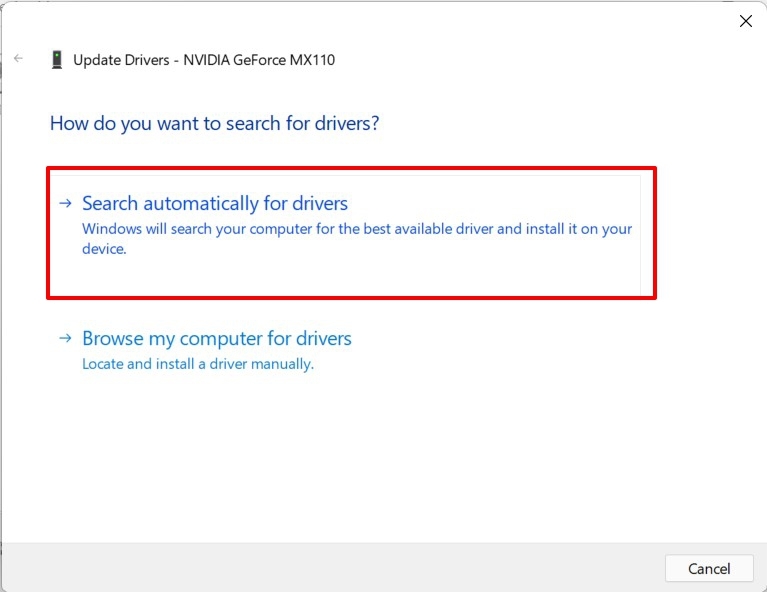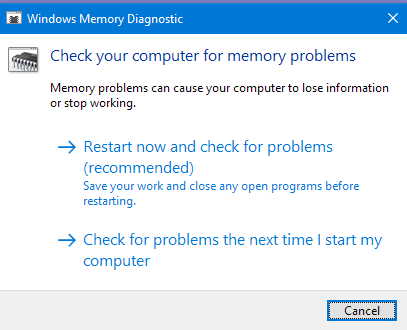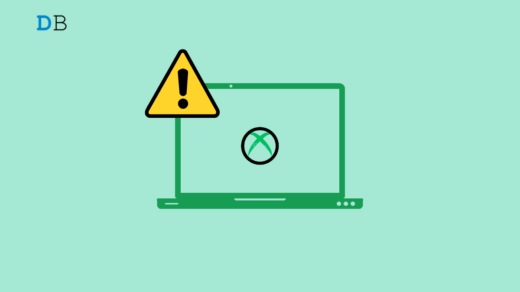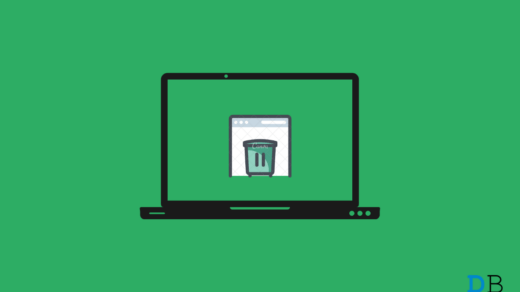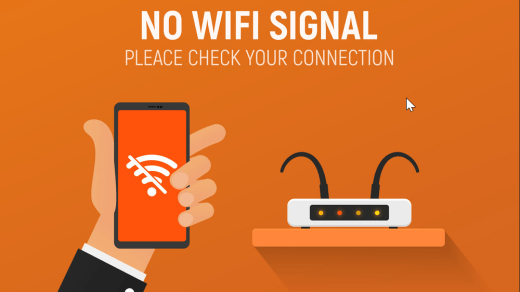You have recently updated your Windows 10 machine to Windows 11 operating system. And you just come across an issue that puts your Windows 11 PC on auto restart. Wouldn’t that be annoying? Well, if you are experiencing Windows 11 auto restart issue, then you are not alone. There are several users who are reporting this auto-restart issue on their updated Windows 11 laptop or desktop.
Thankfully, there are a few solutions that you can apply to fix this issue. Sometimes, these problems may creep up because of corrupt system files, or faulty memory files. However, this problem isn’t something big of a deal. You will possibly be able to fix the issue using any one of the fixes mentioned in this guide. Having said that, let us take a straight drive into the article itself.
1. Use CMD to Update Group Policies
If the auto-restart issue has surfaced on your Windows 11 machine right after you have updated it from Windows 10, then it could be because of incorrectly migrated group policies. The first thing you should do in this scenario is to ensure the group policies are up to date. This can be done using the command prompt and following the below-mentioned steps.
- Open the RUN dialog by pressing Win+R keys on your keyboard.

- Type wt and hit Enter button to open Windows Terminal.

- Now, you need to enter gpupdate command and press the Enter button.

- This will update the group policies on your PC. Once completed, it will show you a Computer Policy update has completed successfully message.
- After the above, type cls to close the Windows Terminal.
- Finally, restart your computer and check if your PC is behaving normally or not.
The point to note here is a Windows update would automatically update the group policies once you switch over from Windows 10 to Windows 11. But this manual process would speed up the update procedure.
2. Disable Automatic Restart
There is a system property called ‘Automatic Restart’ that will restart your PC automatically whenever it encounters an error, system bug, or in an event of system failure. If this option is left enabled, when your Windows 11 PC faces any issue, it will automatically cause the system to restart. Here’s how to disable it.
- Open the RUN dialog by pressing Win+R keys.
- Enter the below command:
sysdm.cpl SystemProperties

- In the System Properties window, tap on the Advanced tab. Now, click the Settings button under the Startup and Recovery section.

- A new window will pop up where under the System failure section, you need to uncheck the Automatically restart option.

- Finally, hit the OK button and restart your computer to save the changes.
3. Perform a CHKDSK scan
Corrupt storage sectors could very well be the reason behind such automatic restart issues. Faulty storage sectors prevent your operating system from accessing important components required to smoothly run the PC. Here are the steps:
- Click the Start menu and search for the command prompt. Open it as an administrator.

- Type in chkdsk /r and press Enter.

- If the volume is used by another process, then it will ask whether you would like to perform the chkdsk the next time your system restarts. Type Y and press Enter button.
4. Stop Auto-Reboot using a Registry Editor
If left unchanged, Windows update would restart your PC in between your tasks. So, it is advisable that you stop the auto-reboot feature on your Windows 11 PC. For this, you can make use of the registry editor.
- Press the Start menu on the taskbar and search for Registry Editor.
- Open the app as an administrator.
- Navigate to the below location:
Computer\HKEY_LOCAL_MACHINE\SOFTWARE\Microsoft\Windows

- Right-click on the Windows folder and select New > Key from the menu that opens.

- Rename this newly created key to Windows Update.
- Now, right-click on the Windows Update key and select New > Key again from the context menu.

- Name this key as AU and hit the Enter button to save changes.
- Move over to the right side and right-click on the empty space. From the context menu, select New > Dword (32-bit) Value.

- Name the Dword value to NoAutoRebootWithLoggedOnUser and press Enter to save changes.
- Double-click on the NoAutoRebootWithLoggedOnUser value and set the Base to Hexadecimal, then change the value data to 1 and click OK.

- Restart your PC and see if this fixes the issue or not.
5. Change power management settings
Sometimes, using an aggressive power management plan can also automatically restart your Windows 11 machine when it reaches a certain battery level. To tweak this, you can change the battery power plan settings.
- Press Win+R buttons to open the RUN dialogue.
- Type powercfg.cpl and press Enter.

- The Power Options window will open. Now, click on the Change plan settings button next to your active power plan.

- After this, click Change advanced power settings.

- Expand Minimum processor state menu under the Processor power management option. Ensure the On battery percentage is set to 5% or lower.

- Finally, hit the Apply button to save all changes.
6. Update your Graphics driver
Old or incompatible graphics drivers could also be the reason behind the automatic restart of your Windows 11 machine. To fix this, you need to manually update the graphics driver, or at least check if you have the latest version installed.
- Right-click on the Start menu on the taskbar and select Device Manager from the list of options that appear.

- Expand the Display adapters menu.
- Right-click on the graphics driver and select the Update driver option from the list that appears.

- Press the Enter key while choosing the option to Search automatically for updated driver software.

- If a new version of the software is available, Windows will automatically install it for you.
- Once done, reboot your PC and see if this fixes the issue or not.
7. Run Windows Memory Diagnostic tool
If none of the above-mentioned tricks did the job in fixing the automatic restart issue on your Windows 11 machine, then as an alternative option you can run the Windows Memory Diagnostic tool. This helps to identify and possibly fix any memory-related issue that could be causing the problem.
- Press the Windows key on your laptop or open the Start menu from the taskbar and search for mdsched.exe.
- In the newly opened Windows Memory Diagnostic tool, click on Restart now and check for problems (recommended).

- Your PC will reboot and during the restart, the tool will look for any errors and will fix it.
- Once the PC restarts, check if the issue has been resolved or not.
8. Install a fresh Windows 11 copy
Well, if nothing works and you have reached till here in this guide, then as a last resort, you can go ahead with the installation of a fresh copy of Windows 11. Due to some missing files, your system may be entering the automatic restart loop. A fresh install will fix the issue by adding that missing file and hopefully fix the problem at hand.
If you've any thoughts on How to Fix Windows 11 Automatically Restarting Issue?, then feel free to drop in below comment box. Also, please subscribe to our DigitBin YouTube channel for videos tutorials. Cheers!

